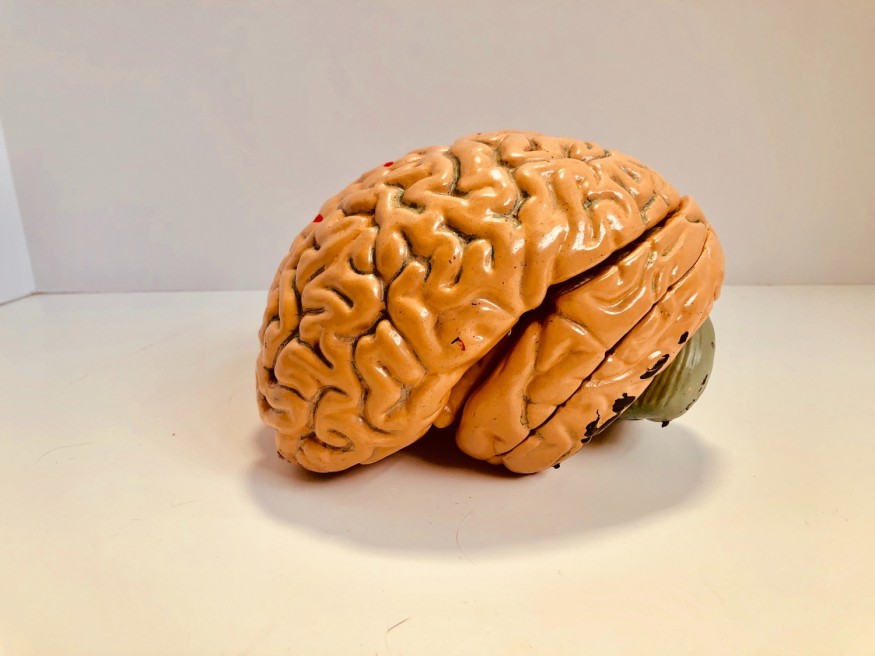
Science could now prove that people could continue to live on with literally half brains. Unimaginable new scans from patients show how people are still able to function without the other half of their brains.
Neuroscientist Dorit Kliemann from the California Institute of Technology - who is the lead author of the study - said people with these cases could almost forget about their condition when one would meet them for the first time.
"I still marvel that these MRI images come from the same person who I just saw walking and talking and devoted his or her time to research when I sit in front of the computer and examine the results," Kliemann said.
Six of the research participants undergone a scarily extreme method of having one of their brain hemispheres removed during childhood to treat a rare and severe type of epilepsy. The process is called hemispherectomy and is only used if the seizures are "catastrophic" or if medications have failed.
Kliemann was amazed by what the patients could do. She explained that the cognitive abilities of the patients are still remarkably high functioning, given that they are missing half of the brain tissue despite the challenges.
The researchers found that the pattern of resting-state brain activity in the participants with just half their brain is remarkably similar to people who possess all their brain matter. The team compared the MRI scans of six participants with six controls who didn't have any brain parts removed, along with a database of 1,482 brains scanned for the Brain Genomics Superstructure Project.
However, the team also detected a difference. The participants who'd had hemispherectomies manifested a lot more connection between brain networks. These networks regulate the focus, sensory, emotion, and memory activities and often require to function both hemispheres of the brain.
Studies suggest that within-network activity is associated with motor abilities, while the connections between networks are essential for working memory.
This increase in connections was constant across the six non-control participants, and across other different networks. The attention network, for example, showed more links to the visual system than usual. The connectivity guides between networks did more than those the same controls.
Carnegie Mellon University neuroscientist Marlene Behrmann, who was not involved in the study, told The New York Times that the brain networks of those having half-brains seem to be multitasking.
The researchers explain in their paper that the development in the connection between brain networks reflect how the remaining brain offsets for the loss of available brain hardware to maintain cognitive capacity and consciousness.
The researchers pointed out that they were unable to make connections between the differences in brain activity and specific behaviors or cognition like IQ due to limited sample size.
The team is keen to know how these brain networks work together to compensate for damaged or missing brain parts during the specific tasks.
Kliemann said stroke or traumatic brain injuries such as a bicycle accident or a tumor could have devastating effects as remarkable as it is for those individuals who can live with half a brain.
The full paper is uploaded in Cell Reports.
© 2025 NatureWorldNews.com All rights reserved. Do not reproduce without permission.





